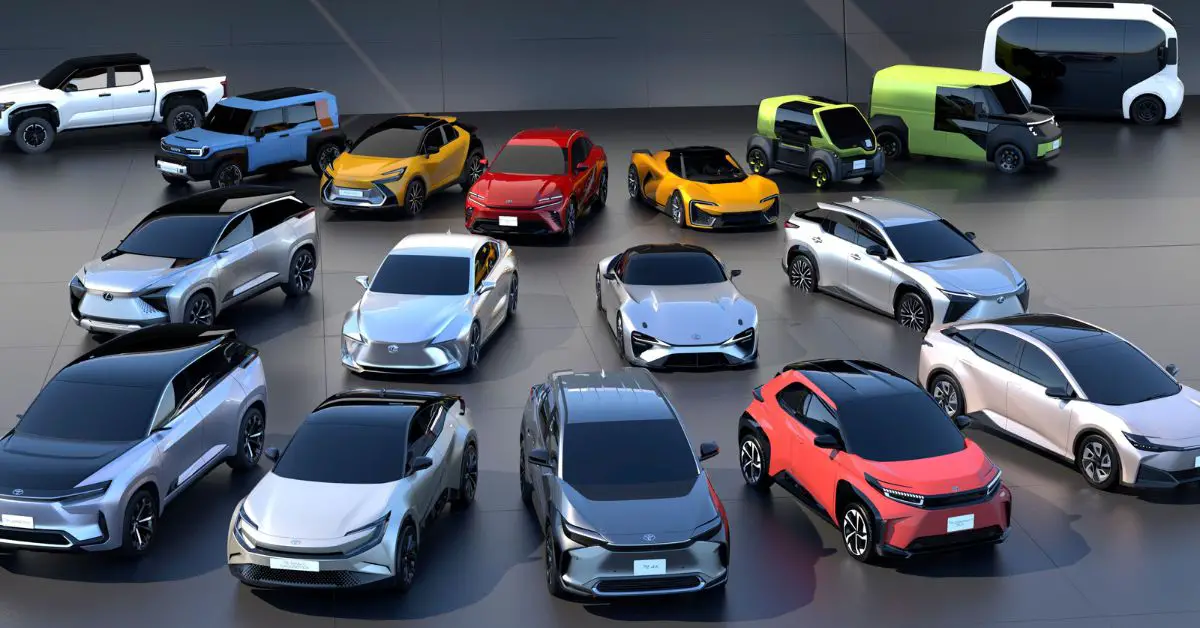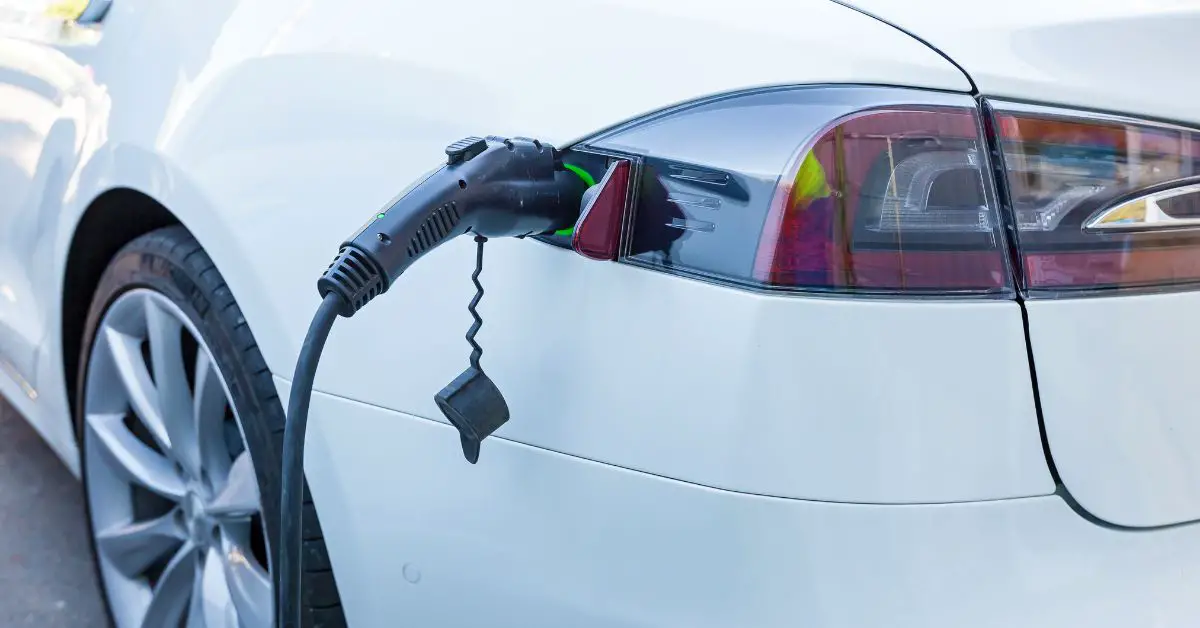It’s no fluke that both British Columbia and Quebec have laws mandating the sale of electric vehicles. If they don’t meet a set sales quota in those provinces, they face severe penalties. That’s why the remaining stock is only spread among various Canadian provinces.
In spite of their relatively small population shares, British Columbia and Quebec have the highest EV sales in all of Canada. British Columbia and Quebec are the only two jurisdictions in Canada with a zero-emission vehicle (ZEV) mandate, however, Nova Scotia and Prince Edward Island are expected to follow suit soon. Consequently, 21.7% of newly registered ZEVs were in Vancouver, 15.5% were in Montreal, and 8.6% were in Toronto.

One out of every five newly purchased vehicles in British Columbia was an electric vehicle, which is three times the rate seen in places like Ontario. So, there is a clear difference between the places where EVs are a top priority.
By 2026, 20 percent of all new passenger cars, sport utility vehicles, and pickup trucks sold in Canada will have to be zero-emission vehicles (ZEVs), meaning they run entirely on electricity from their batteries, a plug-in hybrid electric drive system, or hydrogen fuel cells. By 2030, it will reach 60%, and by 2035, it will reach 100%. The final regulations are expected to be announced sometime in 2023.
Industry pressure, not subsidies, drives EV adoption
The regulations in British Columbia and Quebec that force automakers to sell a growing number of EVs or face financial penalties seem to be having the most impact on EV adoption. By 2035, all new cars sold in Quebec and British Columbia must be zero-emissions models.
Despite the government incentive of up to $5,000 on new ZEVs, only seven provinces (British Columbia, Yukon, Quebec, New Brunswick, Nova Scotia, PEI, and Newfoundland and Labrador) provide additional provincial rebate incentives to EV buyers. At $4,000, British Columbia has the lowest incentive yet the highest sales volume.

Car manufacturers receive credits for selling Battery Electric Vehicles (BEVs), or partial credits for selling PHEVs, according to a complex set of criteria and guidelines. If they sell more than a specific amount of gas-powered vehicles, they will be required to pay a fine of up to $20,000 per vehicle if they do not create enough credits to offset those sales. But most manufacturers haven’t had to fork over fines in most provinces since they can carry over credits from year to year.
Before launching their ZEV requirements, both British Columbia and Quebec had incentives, education campaigns, and plans for large public charging networks for EVs. This shows that these provinces are serious about getting more people to buy EVs.
Some automakers respond to the rules by only selling electric cars in British Columbia and Quebec, or by putting out new models in those two provinces before putting them on sale in the rest of Canada.

For example, Toyota has stated that it will initially release its all-electric bZ4X in only those two provinces due to the regulations. In 2018, Volkswagen debuted the ID.4, an all-electric SUV, in British Columbia and Quebec. Hyundai claims to sell BEVs and PHEVs across the country, with the exception of British Columbia and Quebec, where they ship additional vehicles to satisfy government requirements.
Will the Federal Government’s Changes Have an Effect?
An impending national mandate from Ottawa may require businesses to increase distribution across Canada rather than focusing on two provinces. Rather than focusing solely on high-end EVs, as is now the case, manufacturers will need to crank out more mass-market EVs that are within Canadians’ price range if they want to hit their sales goals.
However, automakers are already investing hundreds of billions of dollars over the next decade to shift to EVs, and a national mandate might increase those costs. Another possible downside is that these restrictions will not lead to shorter wait times or more supplies overall.

Conclusion
You heard correctly; British Columbia and Quebec do get a larger share of EVs. This is mostly due to legislation that places financial sanctions on car manufacturers who market gasoline-powered vehicles. This is not an easy problem to solve; in fact, it’s possible that not even government action will be able to fix the problem, as supply-chain concerns in other parts of the world will continue to hamper the industry.

